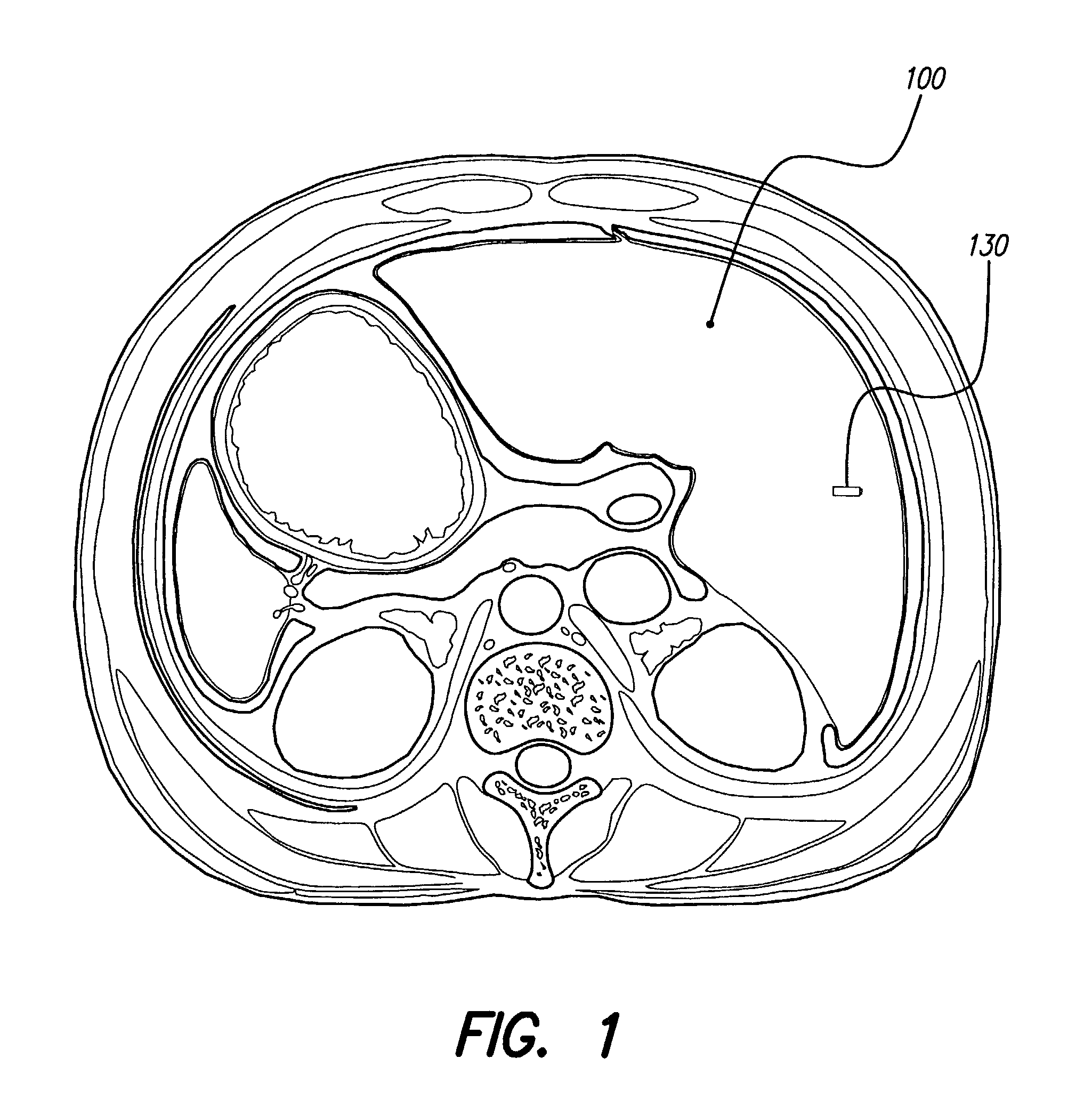Monitoring, preventing, and treating rejection of transplanted organs
a technology for transplanted organs and medical systems, applied in the field of implantable medical systems, can solve problems such as patient death, and achieve the effect of treating or preventing organ rejection
- Summary
- Abstract
- Description
- Claims
- Application Information
AI Technical Summary
Benefits of technology
Problems solved by technology
Method used
Image
Examples
Embodiment Construction
[0045]The following description is of the best mode presently contemplated for carrying out the invention. This description is not to be taken in a limiting sense, but is made merely for the purpose of describing the general principles of the invention. The scope of the invention should be determined with reference to the claims.
Medication Therapy to Prevent Rejection—Immunosuppressant Drugs
[0046]Immunosuppressants are powerful drugs with many side effects and must be taken exactly as prescribed to maintain a delicate balance. Taking too little medication allows the patient's immune system to destroy the new organ. Taking too much medication alters a patient's ability to fight off an infection and increases likelihood of side effects. Taking doses too close together may cause damaging side effects.
Corticosteroids (Prednisone, etc.)
[0047]Corticosteroid immunosuppressants are used to treat a variety of diseases, including use by transplant recipients to prevent or treat rejection. Pre...
PUM
 Login to View More
Login to View More Abstract
Description
Claims
Application Information
 Login to View More
Login to View More - R&D
- Intellectual Property
- Life Sciences
- Materials
- Tech Scout
- Unparalleled Data Quality
- Higher Quality Content
- 60% Fewer Hallucinations
Browse by: Latest US Patents, China's latest patents, Technical Efficacy Thesaurus, Application Domain, Technology Topic, Popular Technical Reports.
© 2025 PatSnap. All rights reserved.Legal|Privacy policy|Modern Slavery Act Transparency Statement|Sitemap|About US| Contact US: help@patsnap.com



